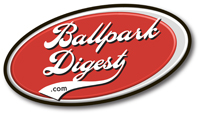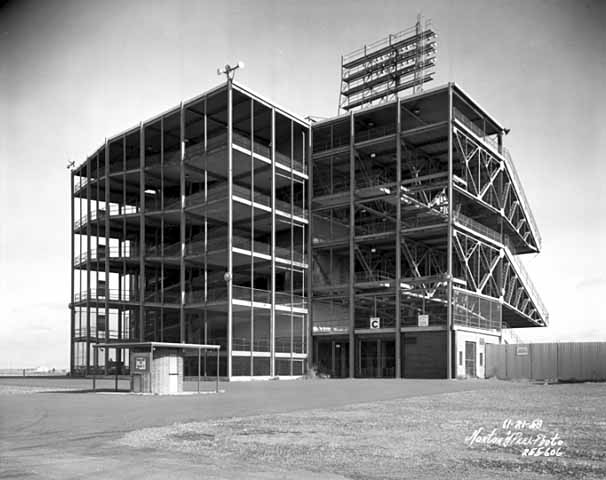
With two Minor League Baseball ballparks pressed into service as MLB homes in 2025, you might assume some historical line had been crossed. Go back to 1961, though, and you’ll find three former MiLB ballparks pressed into action to host American League baseball.
Yes, it is a little unusual to see two MiLB parks pressed into service as MLB facilities: This season the Athletics will play out of Sacramento’s Sutter Health Park and the Tampa Bay Rays will play out of Steinbrenner Field. While both ballparks were upgraded to temporarily accommodate MLB fans, the majority of upgrades were done on the player side, with expanded clubhouses and workout facilities.
Interesting, but not historic.
Go back far enough and you’ll find a season where multiple ballparks transitioned from the minors to the majors. (Heck, you can also find situations where MLB and MiLB teams shared a ballpark a la the Athletics and Sacramento River Cats sharing Sutter Health Park: In 1914-1915 the Double-A American Association Cleveland Bearcats/Spiders shared League Park with the Cleveland Naps.) South Side Park III (Chicago White Sox), Bennett Park (Detroit Tigers) and Lloyd Street Grounds (Milwaukee Brewers) all received upgrades to MLB status when their teams shifted from the minor-league Western League to the major American League in 1901.
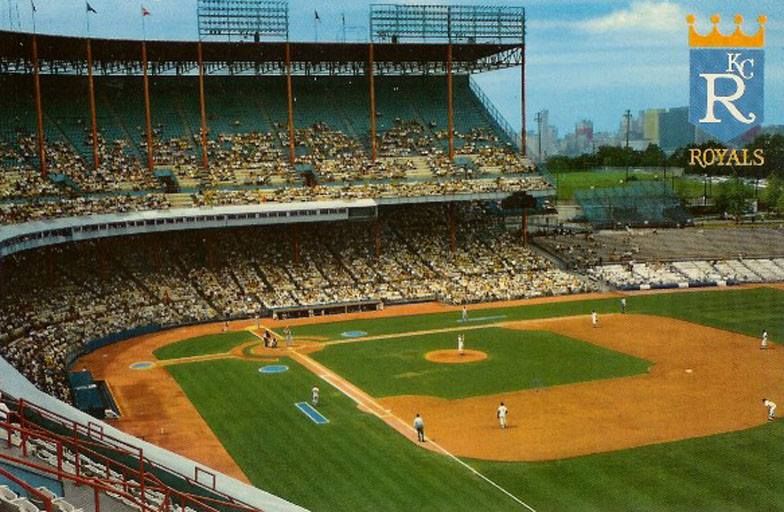
Fast-forward to the modern era of ballparks, to 1961, when expansion spurred by the emergence of the Continental League forced MLB to add two teams to the lineup—Los Angeles Angels and Washington Senators II—as well as the New York Mets and Houston Colt .45s (later the Astros) in 1962. In 1961 the Kansas City Athletics were already playing at Municipal Stadium (above), created in 1955 when a huge upper deck was added to the Minor League Blues Stadium (the former Muehlebach Field and Ruppert Stadium) to meet MLB specs. So there’s one former MiLB ballpark upgraded to MLB in use in 1961. (Narrowly missing out: Seals Stadium, the former home of the San Francisco Seals hosting San Francisco Giants ball until Candlestick Park opening in the 1961 season.)
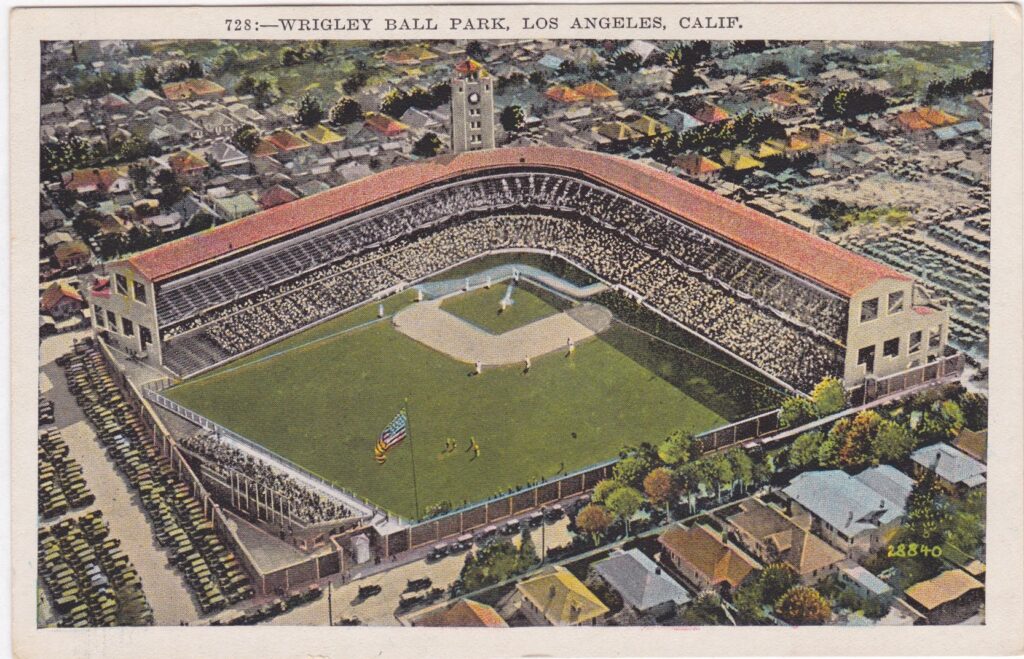
As Angels owner Gene Autry was seeking a new ballpark in Long Beach and Anaheim, he decided to set up shop at MiLB’s Wrigley Field (above), the former home of the Pacific Coast League’s Los Angeles Angels. Los Angeles Dodgers owner Walter O’Malley rejected Wrigley Field as the temporary home of the Dodgers until Dodger Stadium opened because of the ballpark’s 22,000 capacity. (He did, of course, go the opposite way at the L.A. Memorial Coliseum.) Autry was limited in his choices, though, and played at the original Wrigley Field for a season before sharing Dodger Stadium—i.e., Chavez Ravine in Angel-speak—until Anaheim Stadium opened.
(Some Wrigley Field trivia. The L.A. Wrigley Field was the first Wrigley Field, owned by William Wrigley Jr. and receiving the nomenclature in 1925. Wrigley was also an owner of the Chicago Cubs and renamed Cubs Park to Wrigley Field in 1926. Final interesting trivia: Zachary Taylor Davis designed both Wrigley Fields.)
That gives us two former MiLB parks in service up to and for the 1961 season. The third? The Met.
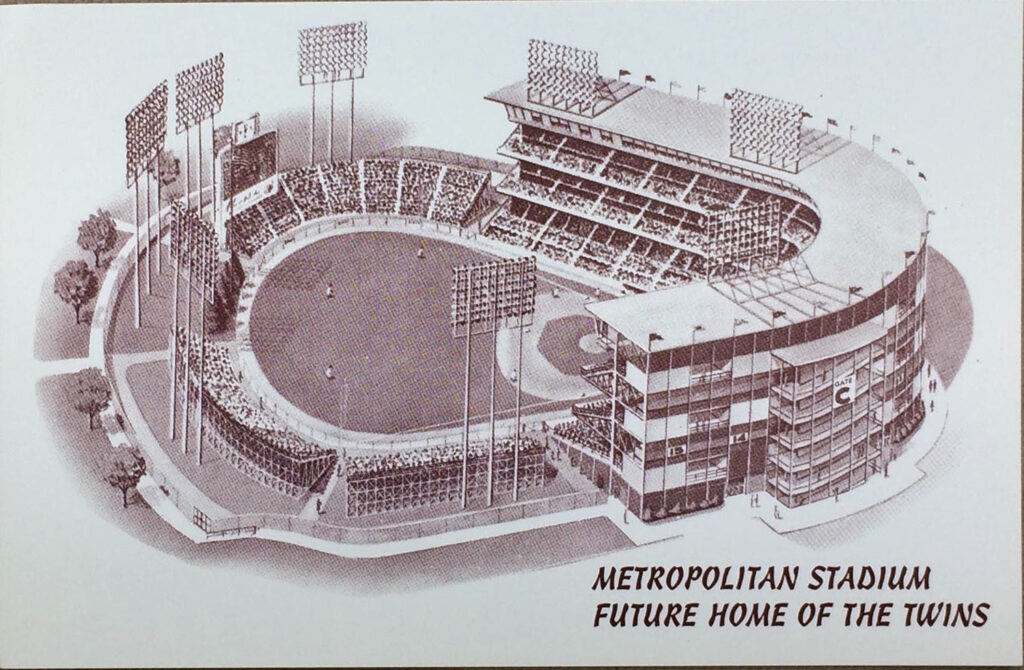
We’ve mentioned the Continental League as an impetus to MLB expansions. That league, led by Branch Rickey and potential owners like Joan Whitney Payson, Bob Howsam and Jack Kent Cooke, argued for the creation of a third major league to fill the MLB aspirations of markets like Minneapolis-St. Paul, Dallas-Fort Worth, Toronto, Denver and New York City, which was down to just one MLB team. These were markets willing to build new municipally financed facilities, either with the promise of a team (as was the case with Shea Stadium) or on spec (as was the case with the Met and Turnpike Stadium). When faced with competition, MLB basically bought off some Continental League owners—like Payson, who ended up as a Mets owner—with expansion teams, thus neutralizing the threat.
The Met was built after Minneapolis-St. Paul business leaders planned a ballpark between the Twin Cities, settling on suburban Bloomington, with two main attributes: easy freeway access and cheap land. The plan was for a Minor League Baseball ballpark that would be expanded should an MLB team arrive; the ballpark opened with the smaller original grandstand (as seen at the top of the page), a chain-link-fence outfield, a scoreboard, some small clubhouses and little else. The American Association’s Minneapolis Millers played at the original 18,200-seat Met in 1956-1960 before Calvin Griffith announced he was moving his Washington Senators to Minnesota for the 1961 season. The Met was upgraded to accommodate the Twins and the expansion Minnesota Vikings. That led to 1961 featuring three former MiLB ballparks pressed into service as Major League facilities.
How do Atlanta Stadium and San Diego Stadium fit into this? After all, both ballparks hosted Minor League Baseball before the arrival of MLB teams, but they weren’t built for MiLB. In Atlanta, the ballpark was built to host the relocating Milwaukee Braves, but the move was delayed a year by Wisconsin litigation, so the MiLB Atlanta Crackers served as a temporary tenant. San Diego Stadium was built as an MLB ballpark from day one, and the MiLB San Diego Padres served as a temporary tenant until MLB expansion. The 1969 season also saw Sicks’ Seattle Stadium pressed into service as an MLB home, but the team was sold and moved to Milwaukee–to a ballpark built to originally house MiLB ball in anticipation of MLB–before it met MLB specs.
As years went by, one other MiLB ballpark was pressed into temporary service until an MLB ballpark opened. Most of us remember Denver’s Mile High Stadium as home of the NFL’s Denver Broncos and the first home of the Colorado Rockies before Coors Field opened. Go back farther, though, and you’ll see that Mile High Stadium was originally Bears Stadium, which opened in 1948 as home of the minor-league Denver Bears. It wasn’t until the 1960 arrival of the Broncos that the ballpark capacity was expanded for football.
Photo of the Met in 1958, Met rendering courtesy Minnesota Historical Society.
